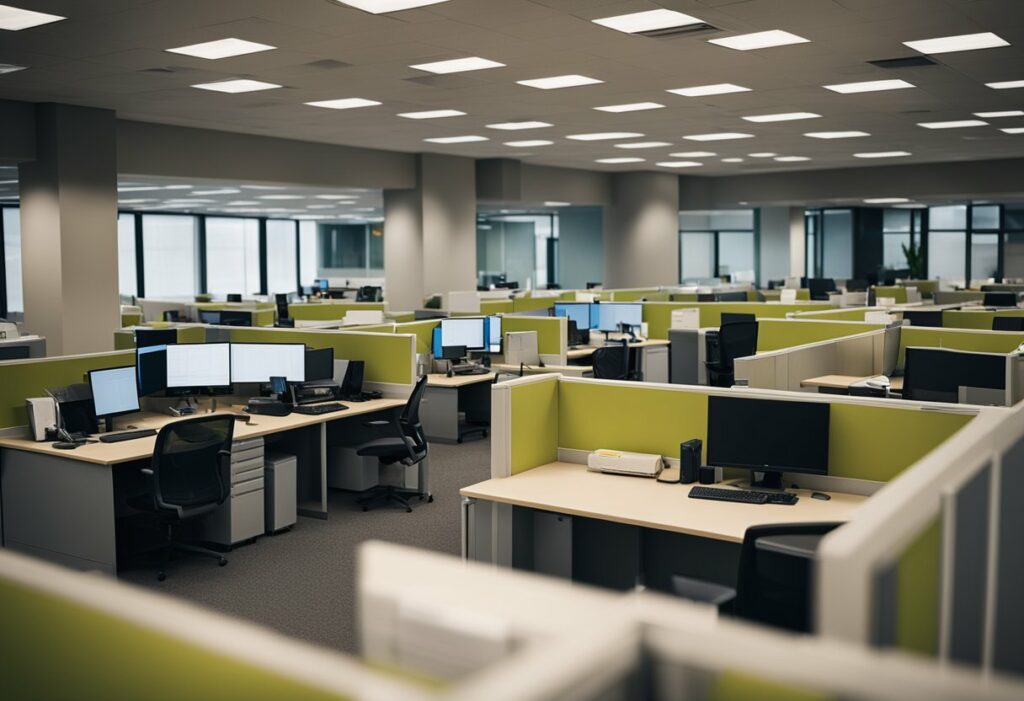Bad Office Design: How it Affects Employee Productivity
Bad office design can have a significant impact on employee wellbeing and productivity. A poorly designed office space can lead to increased stress levels, decreased job satisfaction, and reduced overall productivity. Factors such as poor lighting, lack of privacy, uncomfortable furniture, and inadequate ventilation can all contribute to a negative work environment.
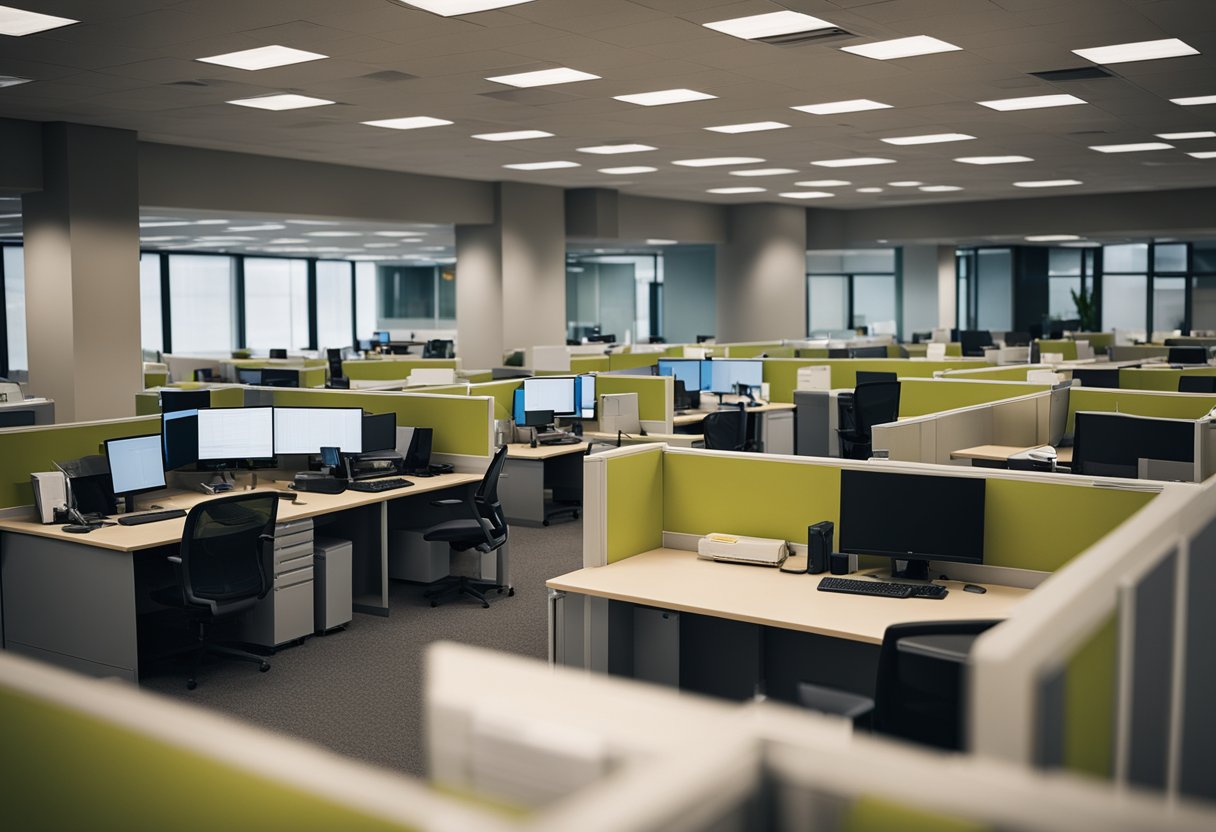
Furthermore, a poorly designed office can hinder communication and collaboration among employees, leading to a lack of creativity and innovation. It’s essential to address these issues and create a workspace that promotes employee wellbeing and supports their productivity. By understanding the impact of office design on employee wellbeing, you can implement strategies to improve the work environment and enhance overall job satisfaction and performance.
Key Takeaways
- Bad office design can negatively impact employee wellbeing and productivity.
- Factors such as poor lighting, lack of privacy, and uncomfortable furniture contribute to a negative work environment.
- Understanding the impact of office design is crucial for implementing strategies to improve the work environment.
The Impact of Office Design on Employee Wellbeing
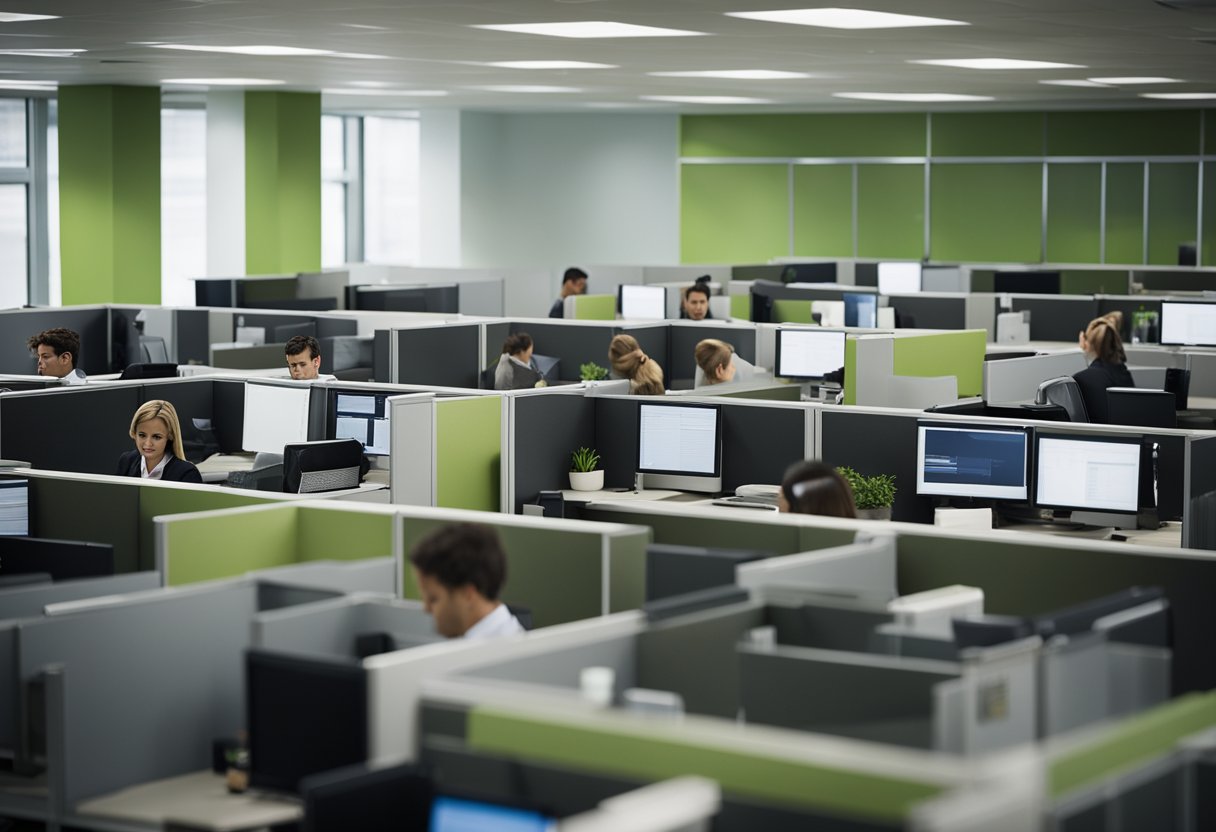
If you’re like most people, you spend a significant portion of your day at work. Your office environment has a significant impact on your health, mood, and productivity. Poor office design can lead to physical health hazards, psychological stress, and reduced employee morale. In this section, we will explore how office design affects employee wellbeing.
Physical Health Hazards in the Workplace
Poor office design can lead to a variety of physical health hazards. For example, poorly designed office chairs can cause aches and pains, headaches, and eye strain. Inadequate lighting and natural light can also lead to eye strain, headaches, and other health problems. Additionally, noise levels in the workplace can cause stress, distraction, and reduced concentration. All of these factors can lead to increased sick days and reduced employee productivity.
Psychological Effects of Poor Office Layout
The layout of your office can also have a significant impact on your psychological wellbeing. For example, working in a cramped cubicle or a noisy open-plan office can lead to increased stress, distraction, and reduced concentration. Poor office layout can also lead to reduced collaboration and teamwork, which can negatively impact employee morale and company culture.
Influence of Design on Work Behaviour and Culture
Office design can also influence work behaviour and company culture. For example, a well-designed workplace can encourage innovation, creativity, and employee engagement. A poorly designed office, on the other hand, can lead to reduced employee morale, decreased performance, and increased turnover. By investing in office design, you can create a positive employee experience and foster a strong company culture.
In summary, office design has a significant impact on employee wellbeing. By creating a well-designed workplace, you can reduce physical health hazards, improve psychological wellbeing, and foster a positive work environment. A well-designed office can lead to increased productivity, improved employee morale, and reduced turnover.
Strategies for Effective Office Design
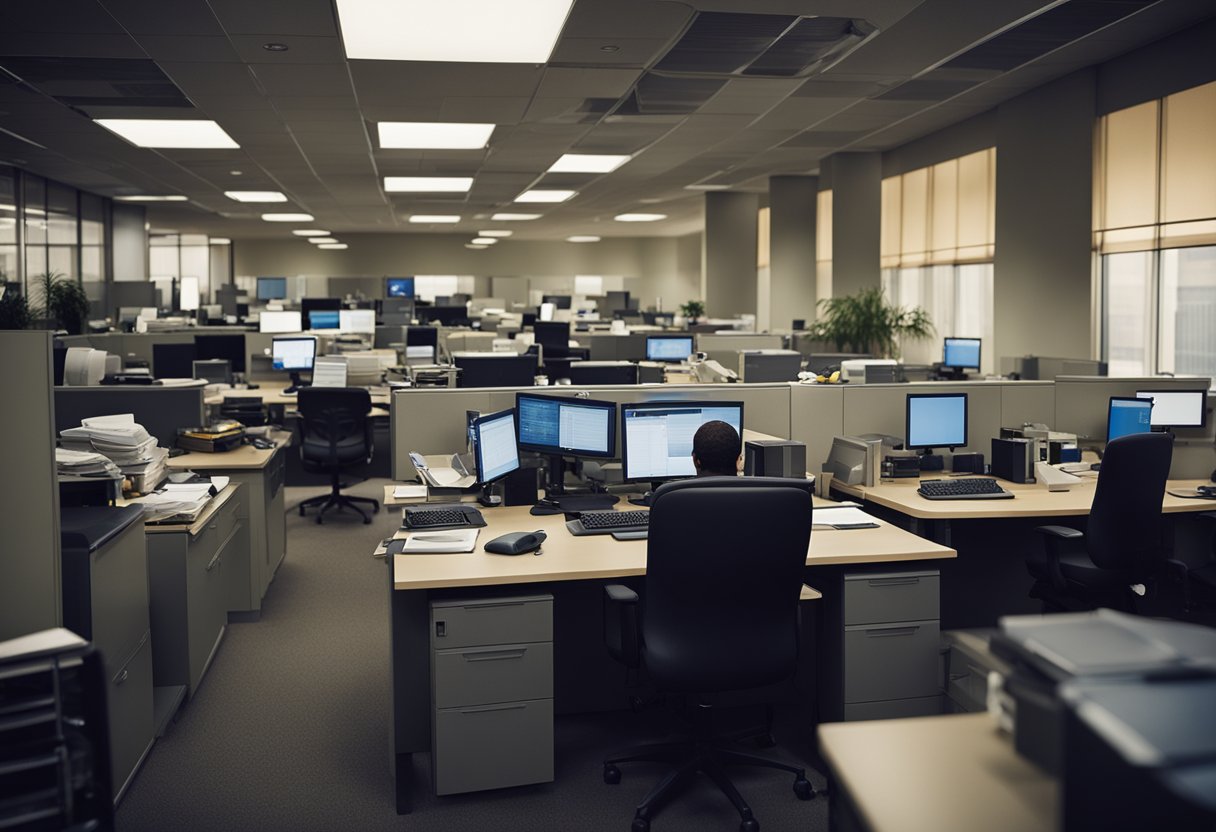
When it comes to designing an office space, it is important to strike a balance between functionality and aesthetics. A well-designed office can have a positive impact on employee productivity, satisfaction, and overall wellbeing. Here are some strategies to help you create an effective office design.
Creating a Functional and Aesthetic Environment
One of the key elements of effective office design is creating a functional and aesthetically pleasing environment. This involves careful consideration of factors such as space, storage, communication, lighting, and furniture. It is important to ensure that the office space is designed in a way that maximises productivity and promotes collaboration among employees. Additionally, incorporating brand elements and colour schemes can help to create a cohesive and visually appealing workspace.
Adapting Office Spaces to Individual and Team Needs
Every employee has their own unique needs and preferences, which is why it is important to create an office space that caters to both individual and team needs. This can be achieved by incorporating breakout spaces, meeting rooms, and nooks that provide employees with the flexibility to work in a way that suits them best. Additionally, providing comfortable office furniture and facilities can help to promote employee wellbeing and satisfaction.
Integrating Health and Safety Considerations Post-Covid-19
The Covid-19 pandemic has highlighted the importance of health and safety considerations in the workplace. As such, it is important to integrate measures such as ventilation, windows, and plants that promote a healthy and safe work environment. Additionally, incorporating design trends such as booths and breakout spaces can help to promote social distancing and reduce the risk of infection.
Overall, effective office design is crucial for promoting employee productivity, satisfaction, and wellbeing. By considering factors such as space, layout, furniture, and health and safety considerations, you can create a workspace that is both functional and aesthetically pleasing.
Frequently Asked Questions
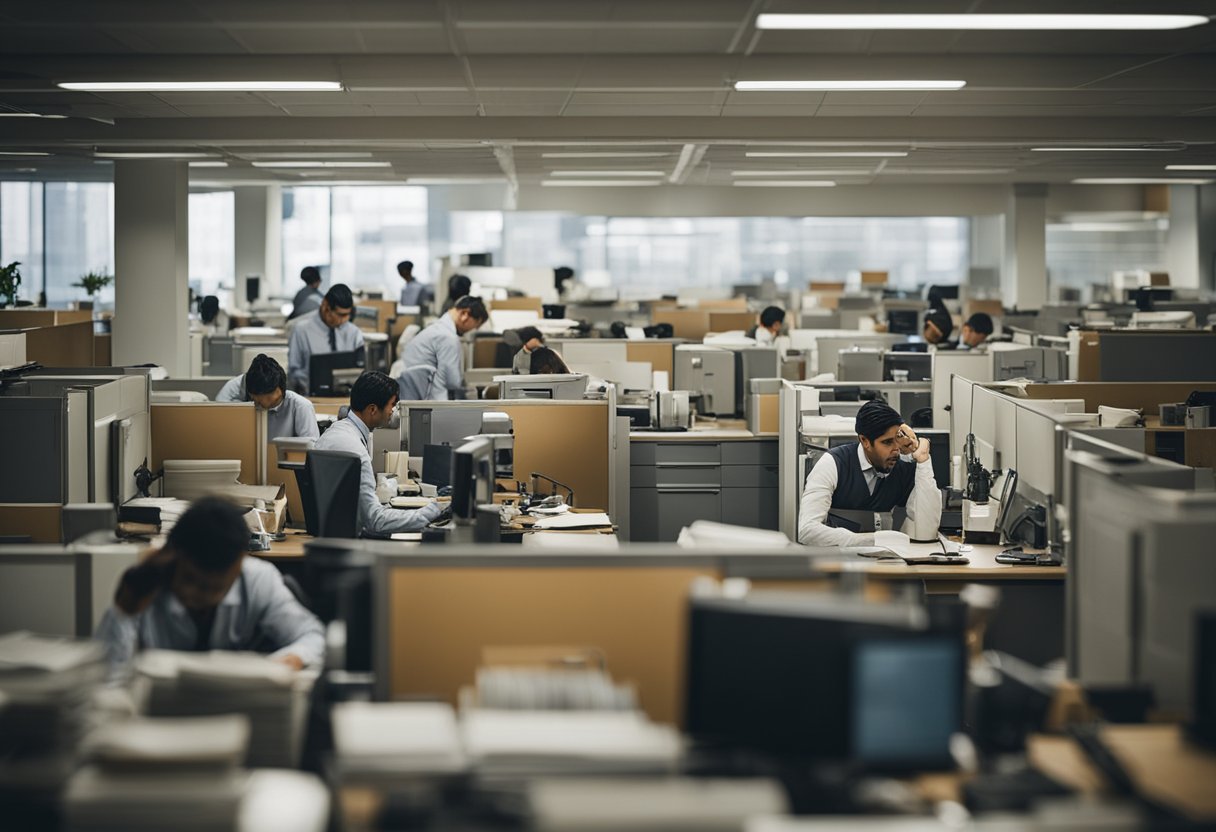
What signs suggest an office layout might be hindering productivity?
If you find that your employees are struggling to focus, frequently getting distracted, or taking longer than usual to complete tasks, it could be a sign that your office layout is hindering productivity. Poor lighting, a lack of privacy, and cramped workspaces can all contribute to a decrease in productivity.
How can an open plan office negatively impact staff well-being?
While an open plan office can foster collaboration and communication, it can also negatively impact staff well-being. Noise pollution, a lack of privacy, and increased stress levels due to constant distractions can all take a toll on an employee’s mental health and well-being.
Why do some employees have a strong aversion to open concept work areas?
Some employees may have a strong aversion to open concept work areas because they can feel exposed and vulnerable. A lack of privacy and constant distractions can also make it difficult for some employees to focus on their work.
In what ways does office design influence employee performance and satisfaction?
Office design can have a significant impact on employee performance and satisfaction. A well-designed office can improve employee morale, increase productivity, and reduce stress levels. On the other hand, a poorly designed office can lead to decreased job satisfaction, increased absenteeism, and higher turnover rates.
What are the potential downsides to opting for an open space office environment?
The potential downsides of opting for an open space office environment include increased noise levels, a lack of privacy, and decreased productivity due to constant distractions. It can also lead to increased stress levels and decreased job satisfaction for some employees.
Could you highlight the contrasts between open-plan offices and traditional cubicles in terms of efficiency?
Open-plan offices are generally more efficient when it comes to collaboration and communication, as they encourage interaction between team members. However, traditional cubicles can be more efficient when it comes to individual productivity, as they provide employees with a private workspace where they can focus on their work without distractions.

